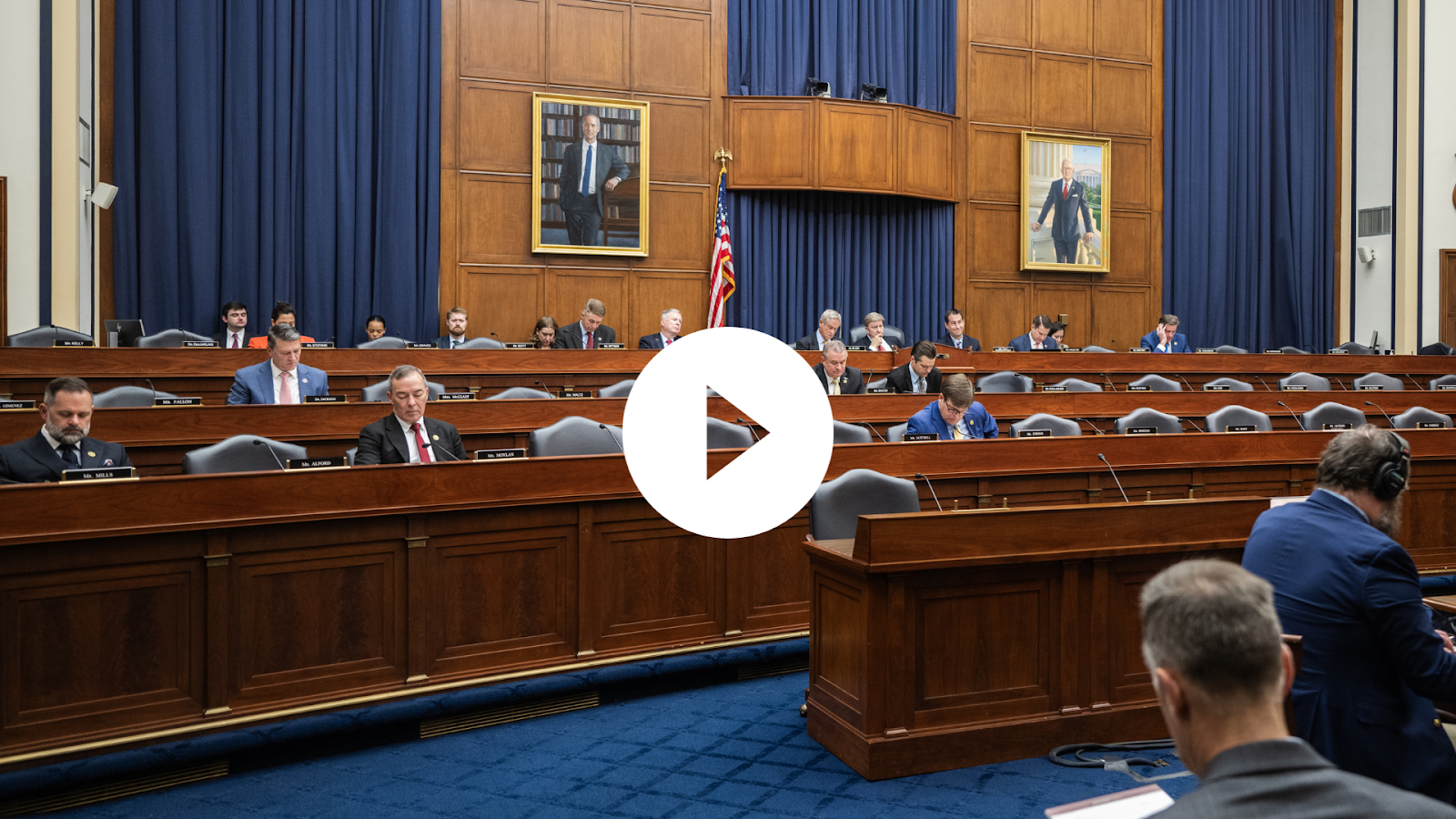During a House Armed Services Committee hearing, Vice Chairman Rob Wittman (R-VA) emphasized that the Biden administration must accelerate a critical new nuclear capability to boost the U.S. military’s strategic posture.
Leaders of the bipartisan Congressional Commission on the Strategic Posture of the United States, Chair Madelyn Creedon and Vice Chair Jon Kyl, testified on the commission’s
latest report, which emphasizes the urgency to upgrade equipment, bases, and infrastructure in the U.S. military’s nuclear arsenal to deter America’s foremost adversaries: China and Russia.
Kyl testified that the nuclear sea-launched cruise-missile (SLCM-N) – which the Biden administration refuses to support – meets requirements identified by the report as an effective new platform to deter nuclear adversaries. House Republicans included critical funding for development of the SLCM-N in the FY24 National Defense Authorization Act (NDAA).
(
Watch the hearing here)
Wittman:
“I want to go to one section of the commission report that speaks about the development and deployment of theater-based nuclear systems. And the report describes that this system should exhibit the ability to be: forward deployable, survivable against a preemptive attack, has a low yield option, is prompt, and can penetrate very sophisticated air and missile defense systems.
“
I'm only aware of one system that is deployable in the near-term, is cost effective, and is there before us today: it's the nuclear-armed sea-launched cruise missile, better known as SLCM-N. I know your report doesn't advocate for a particular platform, but
is it your view the development of SLCM-N capability would help us address the deterrence challenges that you so eloquently pointed out in your report?”
Creedon:
“We spent a lot of time discussing theater nuclear systems. And we also spent a lot of time looking at the threat, particularly in the Asia-Pacific, and also the capabilities that we do have already, the B-61s in Europe. When we looked at the threat trajectories, there were a number of things that we itemized that would be potential capabilities, potential characteristics as you highlight, they're mostly laid out on pages 47 and 48.
“And so we go through these character characteristics, these capabilities that we want, we intentionally did not pick winners and losers on any given system. But that said, I think there was agreement … that the SLCM-N certainly would address some of these capabilities. But I just want to reiterate that the commission itself did not intentionally pick specific winners or losers, mostly because we were so forward-looking in our report. We want the Defense Department to determine what they really need.”
Kyl:
“
Yes, SLCM-N would achieve the objective that we set out, whether there are other systems that would be left to the decision makers in the future, including all of you.”
Wittman:
“I think what we're seeing is an accelerated effort by China across the nuclear spectrum, in the threat that is developing at orders of magnitude against the United States. How important is time in this to turn effect on a low-yield option as a deterrent to China?”
Kyl:
“You put your finger on probably the key point here. We don't have any more time. As one of the witnesses said, we’ve used up all of our workarounds. And the schedules both for the refurbishment of the nuclear warheads and the development of the new platforms is a tight schedule. And while the operatives say that they're going to do their best to meet the schedules, the reality is we've found delays here and there, and it's very difficult to imagine that we could meet the schedule.
“As a result, there are a couple of charts in our report, which show the potential for a deterrence gap, which in effect, say here's where we are today, we're going to decline in deterrence because certain systems have to be retired, they simply won't work anymore. And by the time we get the new systems online to replace them, we will have spent time in an area without an adequate deterrent. That's the threat that we have, and that's the thing that we most have to try to avoid.”
Wittman:
“To both of you, is it your view that an 80% solution available in the next 18 to 24 months would be preferable to the 100% solution available in the late 2030s?”
Creedon:
“I'm gonna go back to: there's a lot of analysis that this report lays on the doorstep of the Defense Department, the administration, Congress … and what is actually the right system, is part of what the analysis needs to be. So yes, the SLCM-N would have the advantage, probably of being sooner, but the actual analysis has yet to be done by the department.”
Kyl:
“If this is if our strategic deterrent is the number one priority for our military, as our defense secretaries and Joint Chiefs chairmen have all said, and which I think our commission certainly agreed with, then we have a lot of other things which we can prioritize. This has to be our No. 1 priority. And going back to your previous question, it's not just a matter of what we ultimately develop, we have to be very cognizant of short run gaps in deterrence, which will result from the fact that we are replacing old systems in a just-in-time manner. And we may not be just in time.”
###


